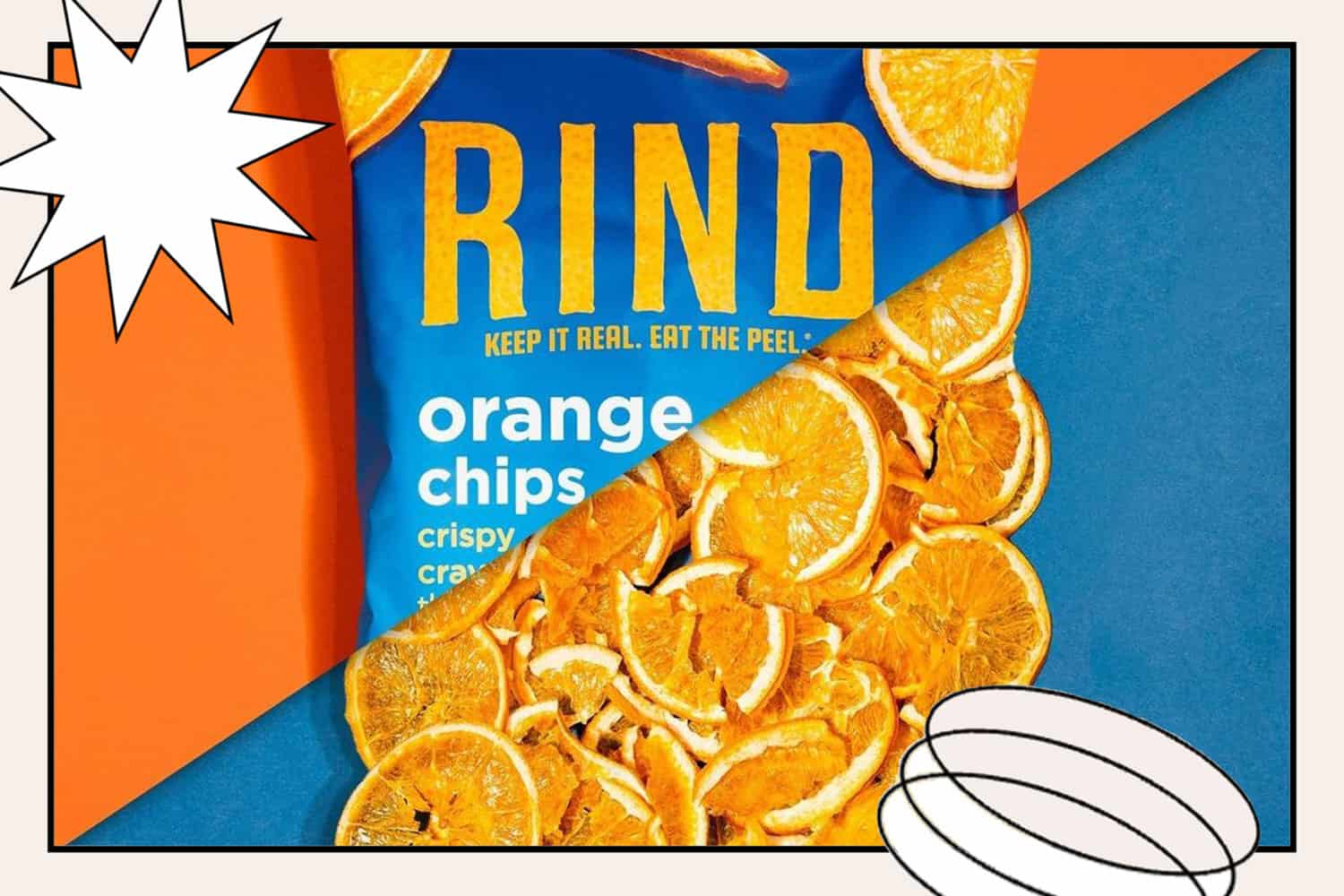Restaurateur Kayla Abe Wants You to Eat Your Trash
Based in San Francisco, Shuggie's Trash Pie + Natural Wine uses food scraps and surplus produce to create delicious pizza—and educate customers on food waste in the process.

Published
The most natural (and delicious) solution to our food waste issue? Getting creative in the kitchen. Such is the thinking of Kayla Abe, co-founder of Shuggie's Trash Pie + Natural Wine, a San Francisco-based restaurant offering pizza, salads, and more crafted using food that, whether due to surplus or aesthetics, has been deemed less-than-desirable by the food industry.
"We're really trying to incorporate all of it to give people just a little taste into how much food gets wasted in the U.S.," says Abe, who co-founded Shuggie's with partner and chef David Murphy after working for years in the sustainable agriculture sector. "I mean, we waste up to 40% of our food supply here. And another stat that we throw around often is that we spend $218 billion every year on food that gets thrown away."
Abe notes that it's not just the actual food that gets wasted when we toss it—it's also the transport emissions, energy and water usage, and labor that helped to create it.
How Is Shuggie's Getting Creative With Food?

Abe and Murphy had two aims when choosing pizza as their main menu item: first, it's versatile. And second? It's fun.
"People are ready to be out and have a good time—and I mean, our space really reflects that too," says Abe. "But pizza's also just one of those foods that kind of immediately signals we're getting a group together and we're gonna have a good time."
Abe adds that, when it comes to surplus produce, wilted greens, and lesser-known ingredients, pizza is an accommodating catch-all. "Sometimes, we don't know what to do with these ingredients, and then we have to toy around," she says. "But pizza is very forgiving in that way. There are so many things that you can do with it."
The foundation for food scraps begins with Shuggie's crust, which is made using whey instead of water, a byproduct of Shuggie's cheese, also made in-house. The restaurant avoids prime cuts of meat and champions "ugly" produce to create mouthwatering menu items, all in a decidedly spirited atmosphere (think bright colors and thrifted, upcycled, and DIY decor).
"I think part of our educational mission kind of goes hand-in-hand with bringing fun back to dining," says Abe. "I think it's been so serious for so long."
What Can You Do in Your Own Kitchen?

Though Shuggie's pies are indeed revolutionary, Abe is quick to reiterate that they're just one restaurant and that larger changes will need to occur industrywide, and at home, if we hope to shift our models of consumption.
"I think food trends in general stem from restaurants, so it's the responsibility of restauranteurs to begin to learn about this stuff and incorporate it into their menus," says Abe. And as 40% of waste happens at the consumer level, we need to change our habits, too. "It's all these small decisions we make—to buy too much food at the grocery store, or to throw away leftovers, or whatever it might be—that compounds," says Abe. "So there's this multi-pronged approach that we're going to have to take and we hope to bring people along."
This can include practical steps like meal planning, relying on the "First In, First Out" method of fresh food use (basically, eat what you have before it spoils), and making use of food scraps in dishes, sauces, and stocks. It's also important to get to know your local producers, the better to spark a conversation around our collective waste.
In the meantime, you can start by eating more pizza—particularly at Shuggie's.
"If we're going to get anywhere with spreading our mission and educating people on food waste, I think you have to make it different and fun and bring people in through different avenues," says Abe.

The Health Benefits of Corn Silk Tea—and Exactly How to Make It
Put your food waste to good use by making this caffeine-free (and super simple) corn silk tea recipe that's loaded with health benefits.

California Is Fighting Climate Change by Turning Food Waste Into Energy
California is launching a food waste recycling program that's turning food scraps into compost or renewable energy to fight climate change.

Upcycled Food Is Becoming the Most Delicious Way to Fight Food Waste
Upcycled food is trending both in our homes and in the food industry. It reduces waste, tastes delicious, *and* betters the planet.
